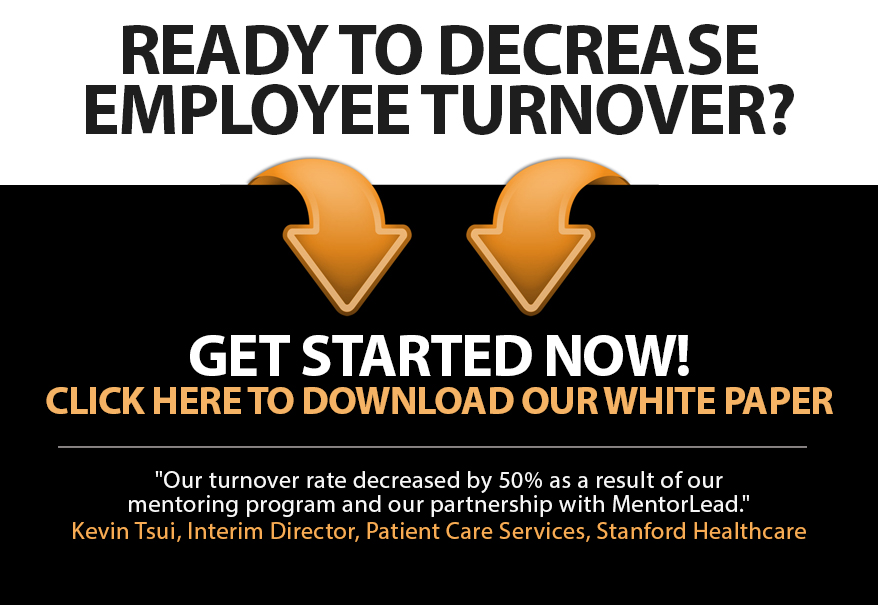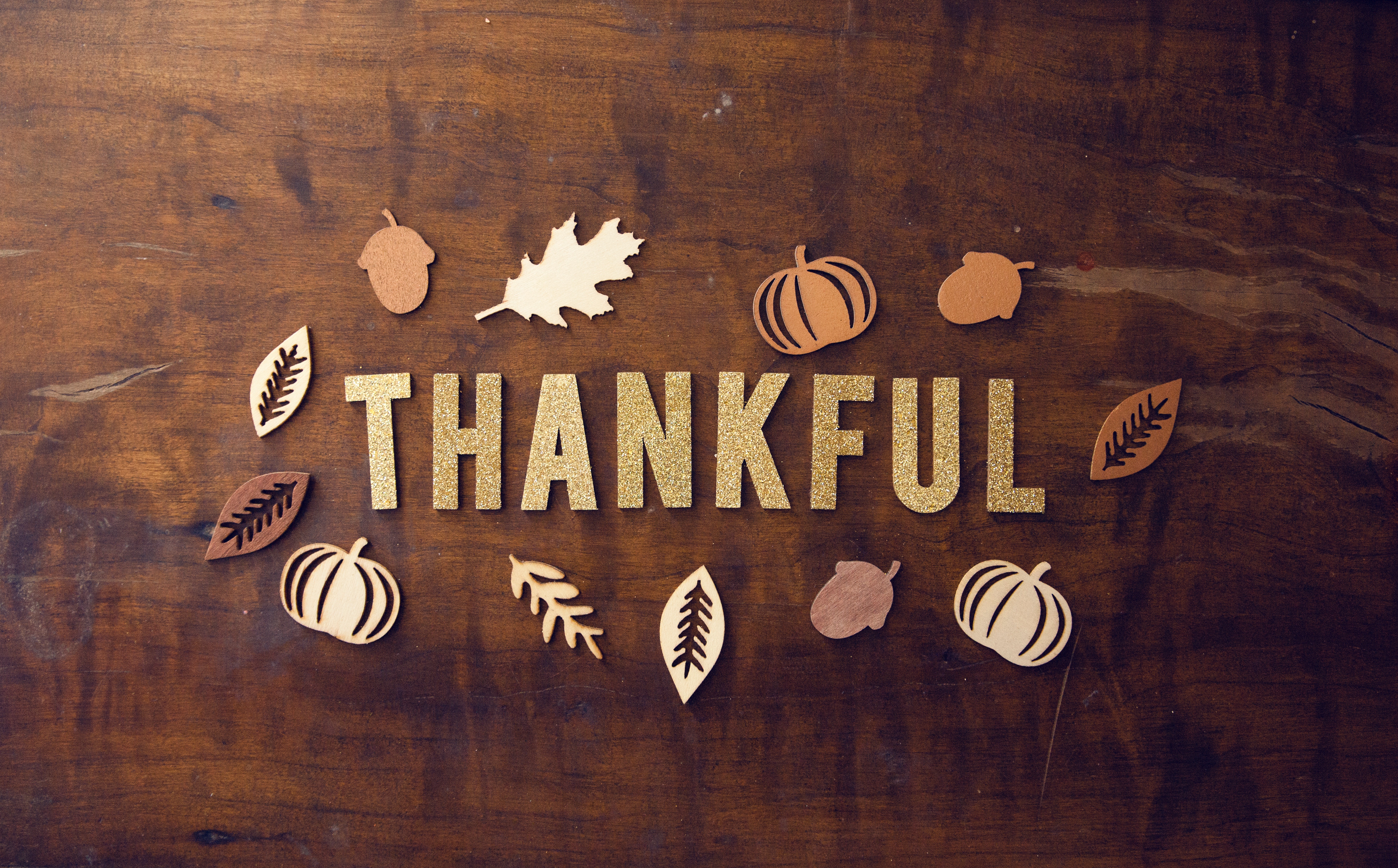
[Flash] Inventions by Women Credited to Men (and the Power of Recognition)
10 inventions/discoveries by women that were credited to men:
- Cure for leprosy (Alice Ball)
- Disposable diapers (Marion Donovan)
- Monopoly (Elizabeth Maggie Phillips)
- Square-bottomed paper bag (Margaret Knight)
- Computer programming language (Dr. Grace Murray Hopper)
- The modern bra (Caresse Crosby)
- Hair straightener (Ada Harris)
- Nuclear physics (Chien-Shiung Wu)
- DNA double helix (Rosalind Franklin)
- Windshield wipers (Mary Anderson)
What happened? Advisors, lab partners, colleagues (and even a few husbands!) claimed credit. It could be a reflection of that time; it could be a reflection of their integrity. Ultimately it’s a failure of appreciation.
Appreciation of Work DoneIn four motivation studies conducted between 1946 and 1992, employees ranked “full appreciation of work done” as their #1 or #2 motivating factors.
But “appreciation of work done” is more than just giving credit. It’s defined as acknowledging, respecting, and valuing someone’s contributions. It’s recognition with gratitude.
Recently I asked Rebecca on our team to simply send instructions to a client. But she took initiative – she ensured our client had access to our platform to use those instructions.
So I emailed Rebecca: “Thank you for truly helping the client – I didn’t even think about checking her access!”Rebecca replied, “Thank you!” Rebecca meant, “Thank you for noticing.”
Ideas to intentionally recognize with gratitude:
- Send handwritten thank-you notes (be specific: “Thank you for…”)
- Email your boss to praise an employee and cc: that employee
- Pay small compliments in front of others – this increases the likelihood of chime-in
- Train Mentors to recognize effort – they often see what we don’t
- Ask about and showcase all contributors on a project
- Offer opportunities for assignments, exposure, and development (ex: nomination to a mentoring program)
- Leverage recognition programs to encourage peer-to-peer appreciation
- Acknowledge someone’s absence – let them know they were missed because they are valued!
People just want to know their work matters. So our job is to notice and appreciate their contributions.
![]()









